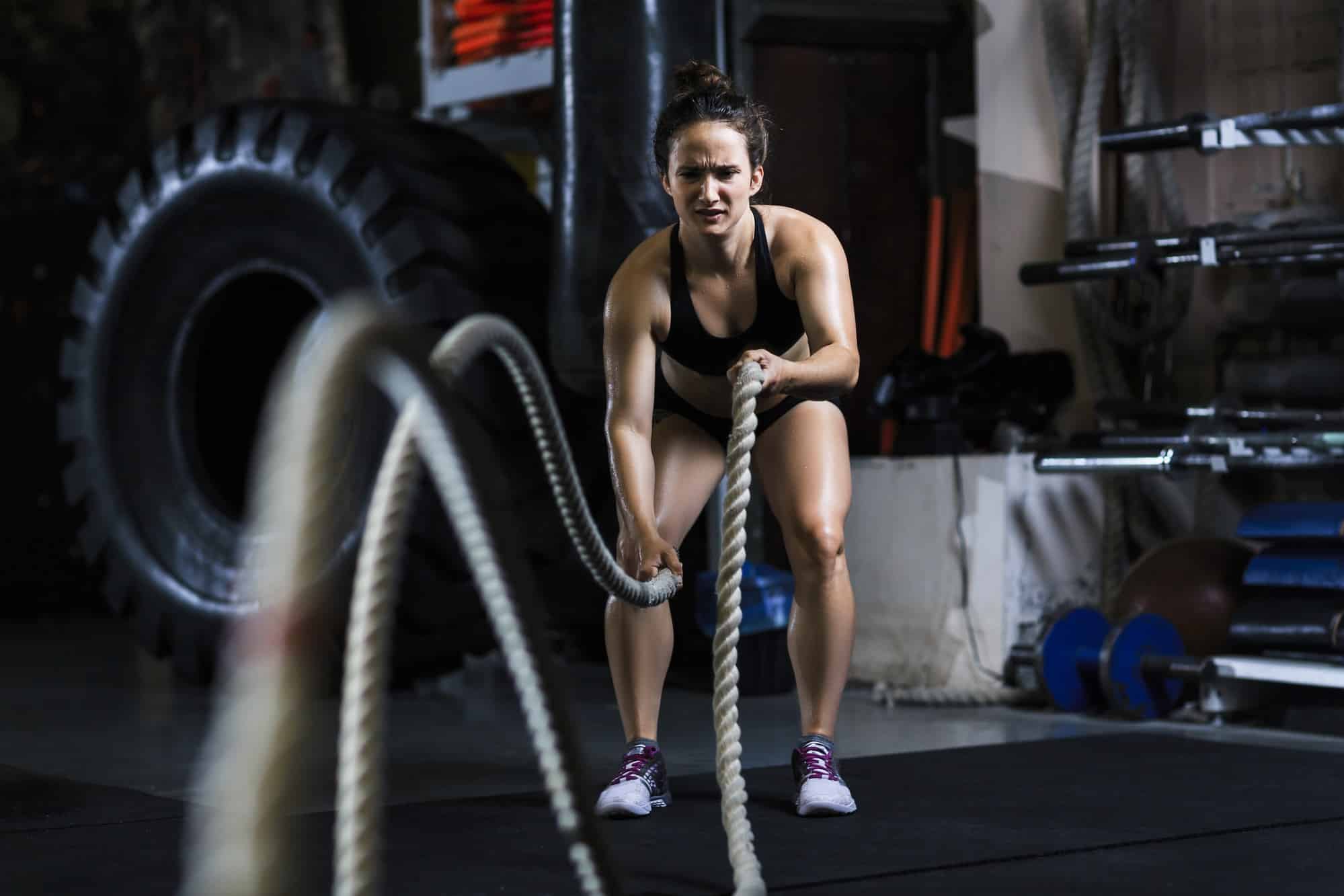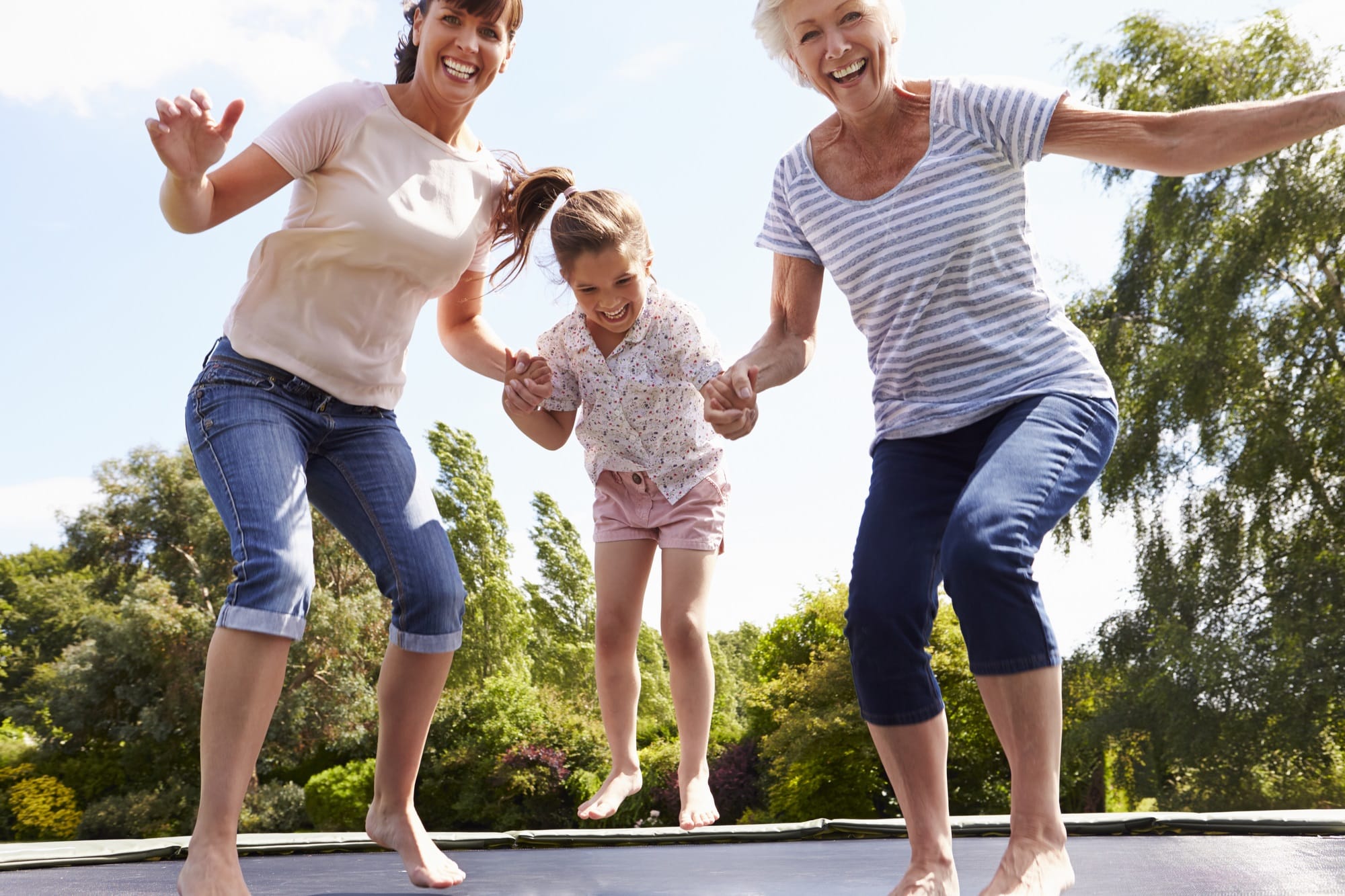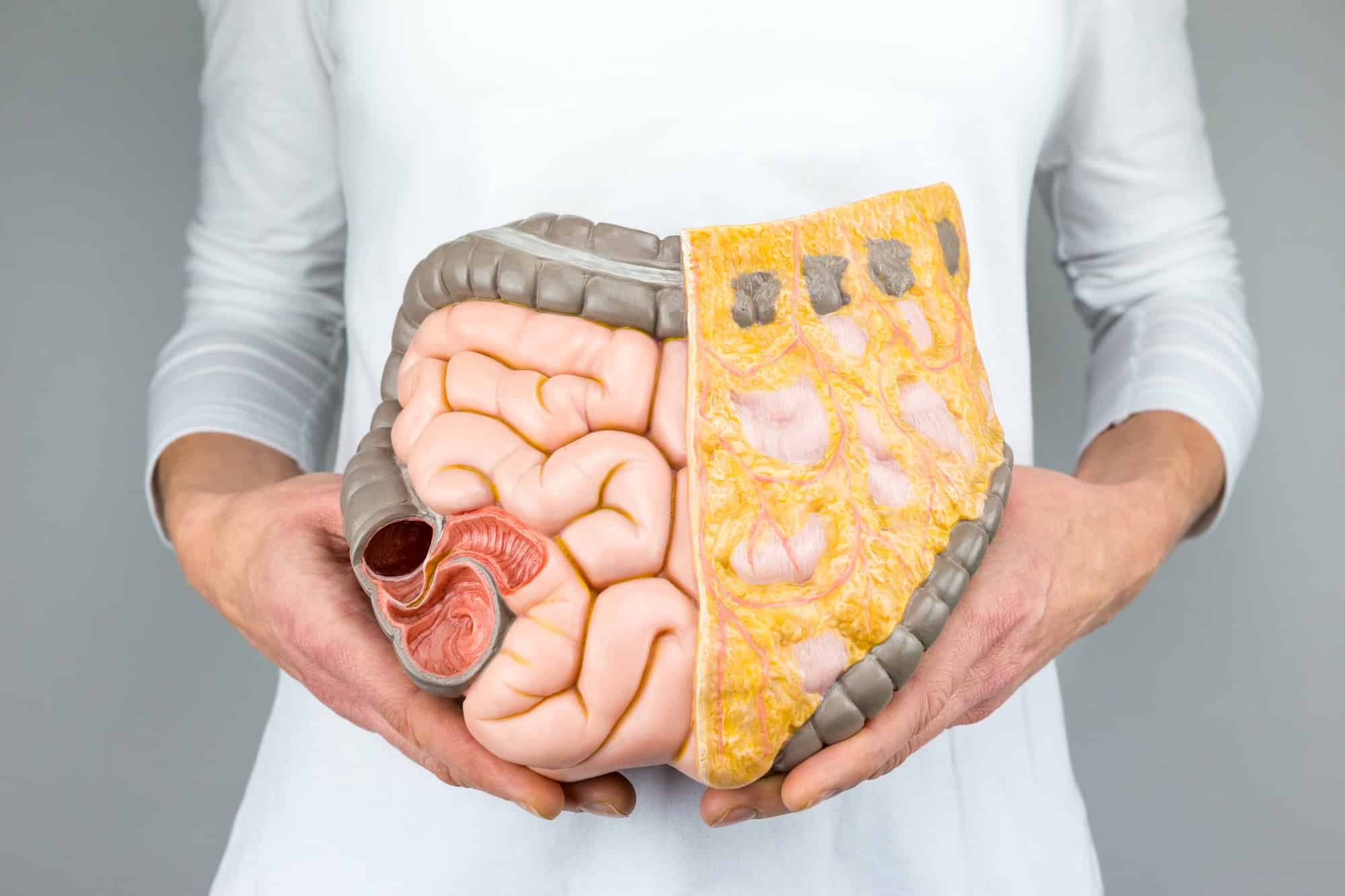Physical Inactivity May Be Linked to Mood and Mental Health Disorders in Teens
“I don’t need to exercise. I’m in good shape!”
“I’m too busy to exercise!”
“Exercising is boring!”
Today’s teens spend hours each day on phones and tablets and playing electronic games. In fact, a recent study indicates that many teens may be sedentary for up to 9 hours a day, while engaged in television viewing, smartphone, tablet or gaming console use. While these activities can be fun, challenging, even enlightening, they do little to encourage physical exercise. Recreational activities have been shown to directly impact growth and development. Adolescents are particularly sensitive to their feelings and research consistently reports positive effects of physical activities on teenager’s mood and mental health.
During the years between childhood and adulthood, teens undergo extreme physical, mental and emotional changes. Many struggle to understand the world and their place in it, and building self-esteem in an increasingly digital social environment. A review of recent surveys suggests that about 10% of adolescents between the ages of twelve and seventeen have experienced a major depressive episode. Beyond feeling awful, teen depression can be linked to poor physical health, lower grades and unsatisfactory interpersonal relationships, and at a time when the benefits are most valuable, physical activity levels tend to taper off in adolescence.
Regular physical activity can improve both self-esteem and self-efficacy. Self-esteem is one’s overall sense of self-worth. Self-efficacy is an individual’s belief in their ability to effectively approach and achieve goals. When you exercise, your body releases endorphins, chemicals that trigger receptors in the brain causing a reduction of pain and feelings of well-being.
Other benefits of regular exercise routine include:
- Promotion of overall fitness
- Improvement of strength and muscle tone
- Strengthening of the heart and lowering the risk of hypertension
- Increased energy levels
Think back to when you were a child and teenager. How much time did you spend outside, engaged in bike riding, exercise or hanging out with friends while enjoying some physical activity like swimming, building a fort, visiting parks or playing sports? Today thanks to social technology changes, our children are not benefiting from the same enriched, offline experiences that we did, and that is something that can impede both social development, and wellness.
GETTING STARTED:
- Try to exercise at least three times a week for 20 to 30 minutes.
- Choose activities that you enjoy; make exercising fun.
- Schedule your exercise sessions, and stick to the plan.
- If you are in pain, STOP and let your joints and muscles relax. If pain is severe or persists for more than a couple of hours, contact your doctor.
Following are some examples of moderate exercise:
- Biking
- Dancing
- Low impact aerobics
- Tennis
- Skateboarding
- Swimming
- Parkour
- Walking, hiking
- Team sports
Group activities provide social interaction and support. Many schools, teen clubs and fitness centers offer group exercise programs. Or, you can have a buddy system with a friend. Either way, you can benefit both physically and emotionally knowing others support your efforts. And, don’t forget family. Even just a family walk each night after dinner can improve fitness, mental health and quality of life. Unplug and connect in a different way, through learning, physical activity and other non-sedentary activities that you can enjoy together.
ADD/ADHD AND EXERCISE
Some adolescents with an Attention Deficit Disorder have difficulty following directions and/or may not be as coordinated as others in a group setting. In that case, look for non-competitive activities that achieve physical fitness goals without a potentially stressful group situation. Exercises like swimming, track, or martial arts can improve concentration and self-discipline, and help teens understand the relationship between goal setting an achievement, boosting self-esteem and their personal confidence. While physical exercise alone may not provide a cure for depression, it has been shown to improve symptoms, and warrants a place in a comprehensive treatment plan for adolescent mood and mental health disorders. There are many studies that postulate a strong link between sedentary lifestyle for teens, and symptoms of depression, anxiety and aggressive social behaviors.
Parents can help children and teens by adopting a healthy, active lifestyle, and by designing an encouraging dialogue that advocates for the long and short-term benefits of fitness. Teens that are active on a daily basis (according to clinical studies) enjoy improved health, alertness, energy and overall positive moods as a result of balancing online screen time, with offline healthy living. The link between nutrition and mental health.

























